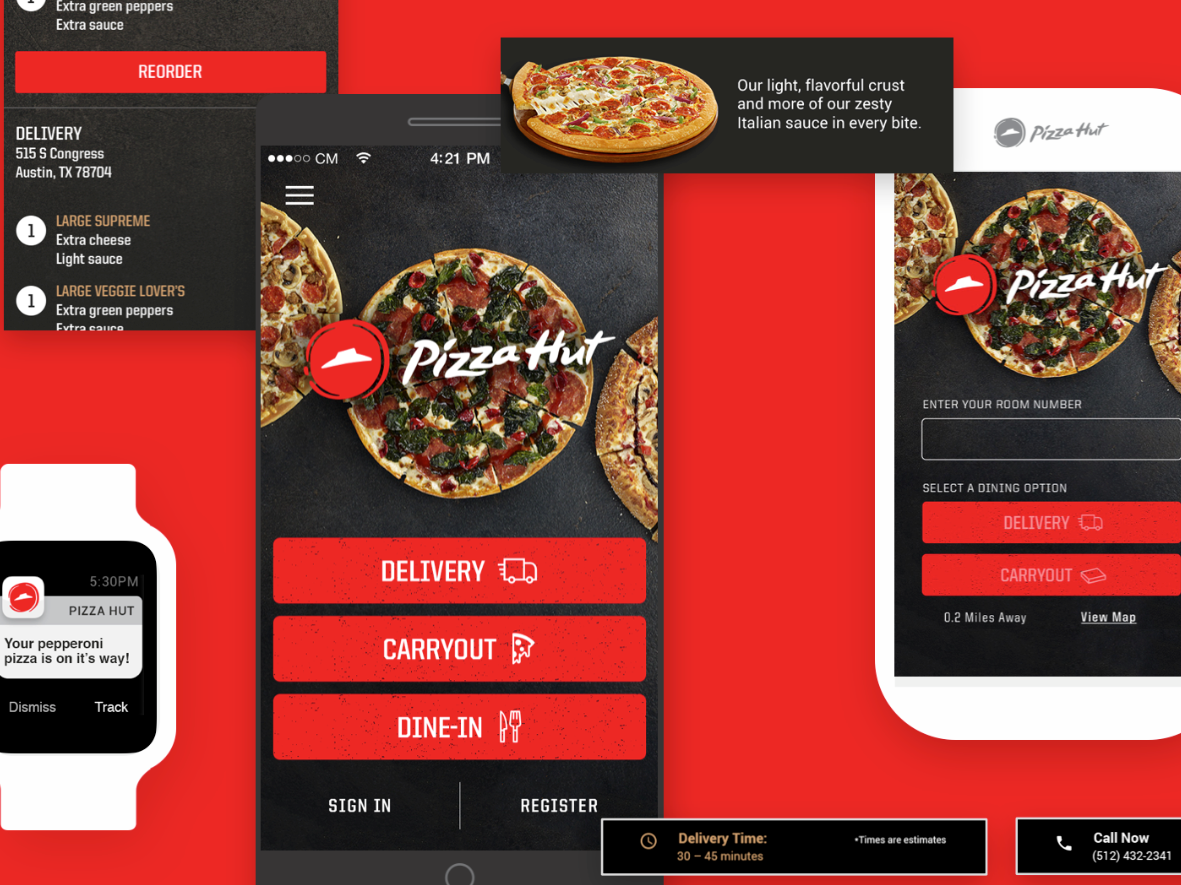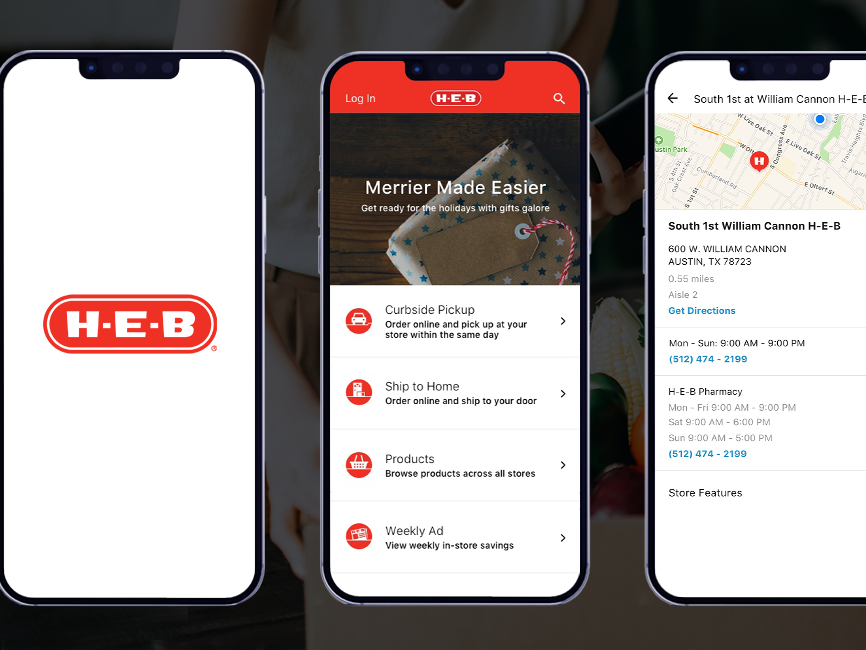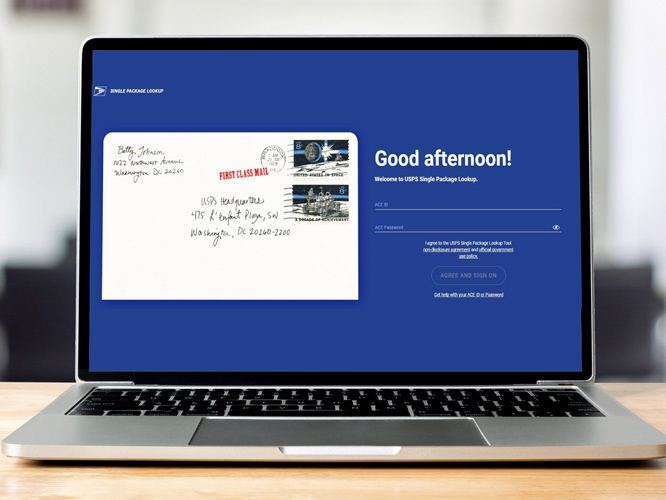What was the project?
The Real Estate Valuation and Sourcing Web Tool is a technology-driven onboarding funnel that allows for selectively underwriting a significant portion of the U.S. housing market to source investment opportunities. The app is a web-based property financial analysis and transaction marketing platform that streamlines workflows and enhances collaboration, leading to increased productivity, faster insights, and more time to analyze deals. It serves as the ultimate deal-screening tool for acquisitions team members, providing pro-forma precision at back-of-the-envelope speed for all bases, unlevered, levered, and joint ventures, giving underwriters an advantage in working faster, preventing errors and omissions, and making file tracking and collaboration easier.
Platforms
Responsive web app
Salesforce Integrated
Salesforce Integrated
Project Team
1 Product Director
2 Product Managers
1 Sr. Project Manager
1 Project Manager
1 Technology Director
1 QA Analyst
3 Frontend Developers
3 Backend Developers
1 Business Analyst
1 Salesforce Developer
1 Salesforce Administrator
1 DevOps Engineer
2 Product Managers
1 Sr. Project Manager
1 Project Manager
1 Technology Director
1 QA Analyst
3 Frontend Developers
3 Backend Developers
1 Business Analyst
1 Salesforce Developer
1 Salesforce Administrator
1 DevOps Engineer
How the project was managed?
The project was managed by transitioning from traditional project management to agile-scrum methodology, using two-week sprint intervals and all traditional scrum ceremonies. Development stories and tasks were transitioned from Google Sheets to Jira server, and semantic versioning was introduced to leverage Jira's fixVersion fields for release management in Release Hub.
Accomplishments of the project:
Overcame a setback of 8 months of work being scrapped at the start of the project and delivered functional iterations within just 3 months, utilizing Scrum framework and Agile manifesto principles to exceed stakeholder expectations.
Introduced Behavioral Driven Development user stories to the team when transitioning from Google Sheets to Jira, enabling developers to better understand the value of their work and making it easier for non-technical peers to understand the team's work.
Achieved a 95% reduction in releases requiring hot fixes or fast follows by implementing semantic versioning for web applications and APIs, allowing for simultaneous planning of multiple future app versions and a clearly defined sprint and development backlog in Jira.

Real Estate Valuation Tool Placeholder Prototype
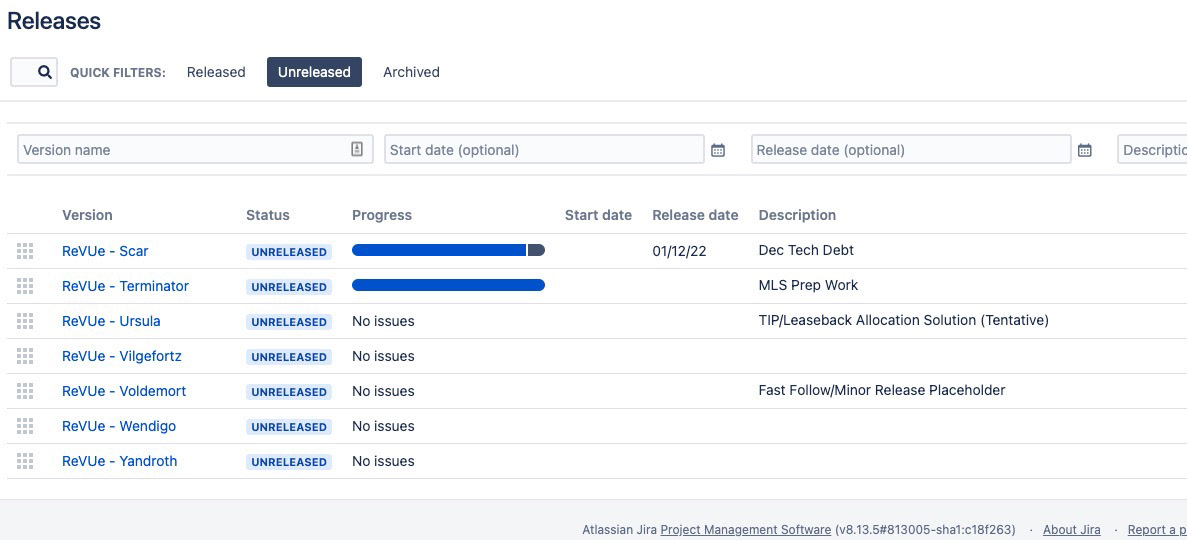
Semantic Versioning via code names
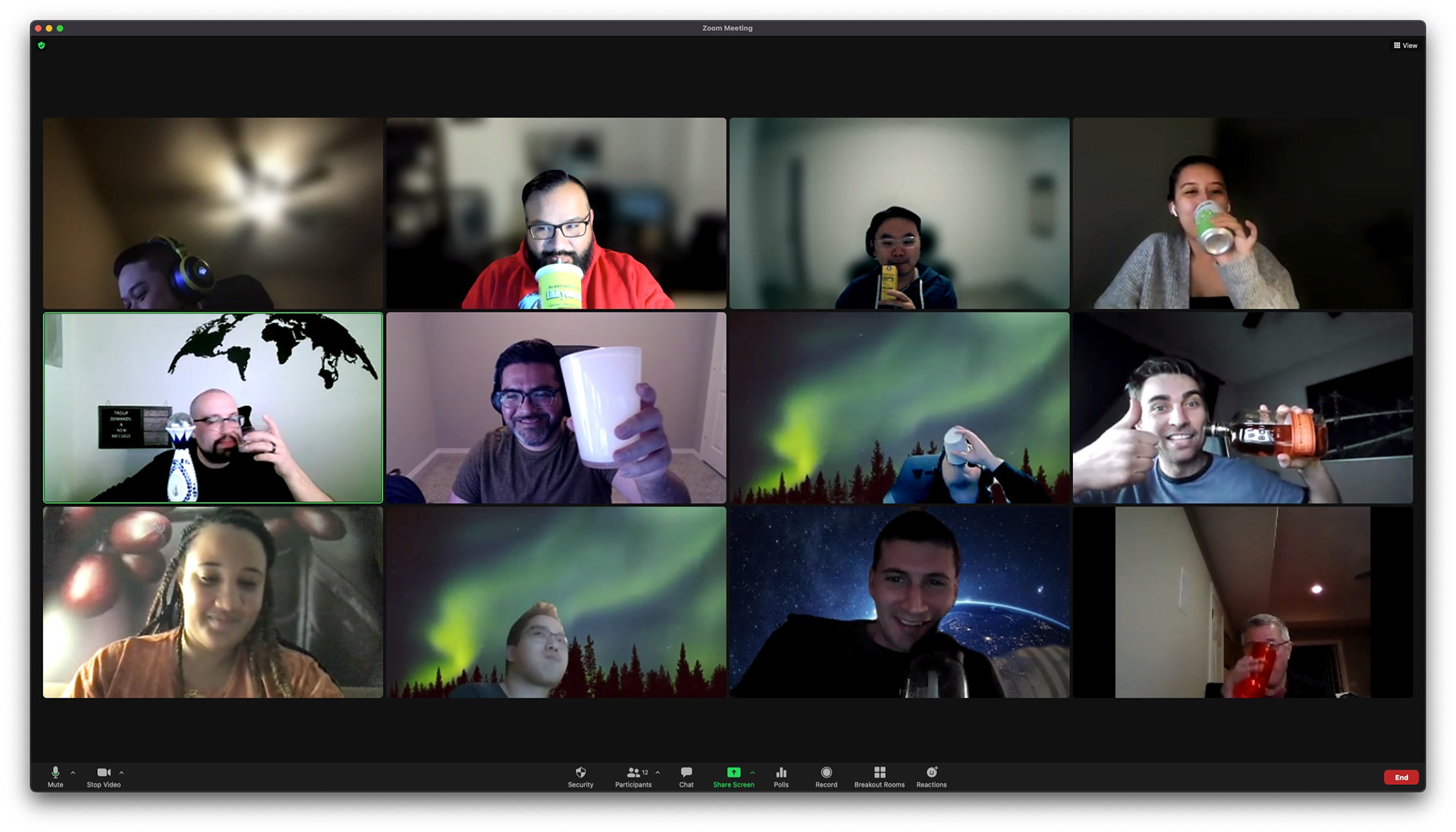
Celebrating a team milestone, having MLS deals going into Salesforce



